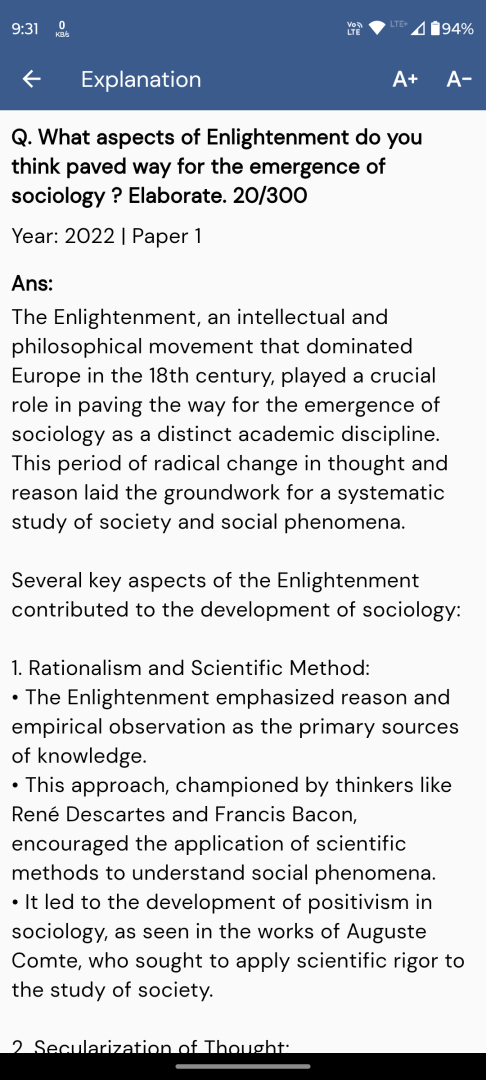Q. What, according to André Beteille, are the bases of agrarian class structure in India? Analyse.
UPSC Sociology 2024 Paper 2
Model Answer:
André Béteille’s Analysis of Agrarian Class Structure in India
André Béteille, extensively studied India’s agrarian society, identifying several key bases for its class structure in his work “Caste, Class, and Power.” His analysis provides a multidimensional understanding of rural stratification in India.
1. Land Ownership: Béteille emphasized that control over land is the primary determinant of agrarian class distinctions. Large landowners, small peasant proprietors, and landless laborers form the main classes based on this criterion.
2. Caste System: While not perfectly aligned, caste often correlates with land ownership and economic status, reinforcing class divisions. Upper castes typically owned more land, while lower castes were often landless laborers.
3. Relations of Production: The complex system of tenancy, including sharecropping arrangements, creates intermediary classes between landowners and laborers, contributing to a more nuanced class structure.
4. Status and Power Dynamics: Local political influence often stemmed from land ownership and caste status, creating a mutually reinforcing relationship between economic and political power.
5. Economic Shifts: Béteille observed that modernization and commercialization of agriculture were altering traditional class relations, allowing for some mobility between classes regardless of caste.
Béteille’s analysis recognizes the interplay between economic, social, and political factors in shaping India’s agrarian class structure.





